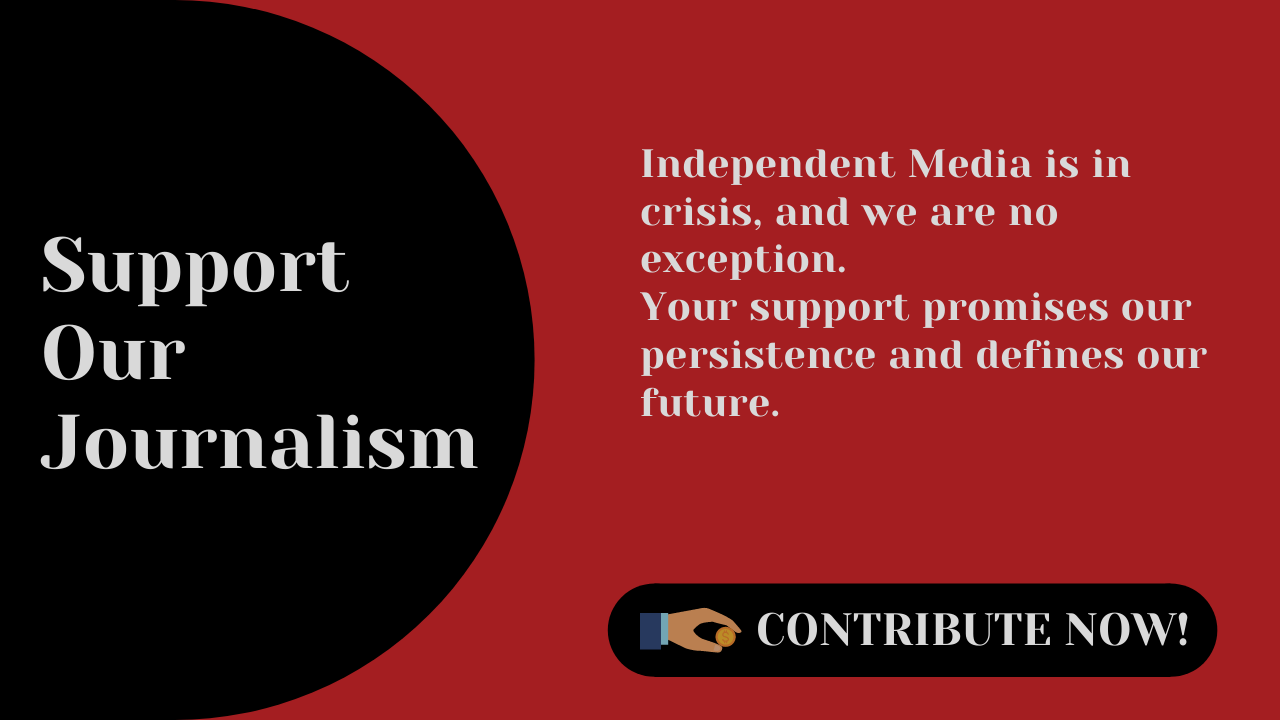The Veiled Woman Beyond the Simplicity of the Discussion
- The Political Psychology of the Veil: The Impossible Body by Sahar Ghumkhor

Dr Asim Qureshi graduated in Law (LLB Hons) LLM with…
From almost the very beginning of this incredibly insightful book into the political meanings of the hijab/niqab (condensed into a veil for ease), we are told by Dr Sahar Ghumkhor:
“I refuse to answer the question.” [p.viii]
What is the question she is refusing to answer? The one that is perhaps most obviously asked a Muslim woman writing about the ‘political psychology of the veil’, the one of why do Muslim women wear it?
If you came looking for a theological discussion on the subject, then this isn’t your stop on that journey. If you are looking to understand the many ways in which the veil is pathologized and thus takes on multiple meanings outside of the control of Muslim women who wear the veil, then you are in definite need of this book.
Ghumkhor isn’t just interested in Islamophobia as a form of a physical attack against veiled women, but rather a violence that exists through the epistemic. In the first chapter we are told of the seminal image of the secret Afghan girl somewhat unveiled, Aisha, whose damaged face will go on to adorn the front pages of magazines and newspapers all over the world because “Aisha’s image is specular support for violence afflicted by her culture” [p.7]. Described as an ocular epistemology, it is images such as that of Aisha that move western audiences towards a position of liberating Afghan women from their oppression.
This is coupled with the images of women who were once detained by Boko Haram [p.39] and an artistic piece by Boushra Almutawakel [p.38]. The latter’s work displaying a series of images of a mother and daughter, who go through increasing levels of veiling until they are both in full niqab and finally indistinguishable from their black background.
These images and the meaning that is derived from that Ghumkhor seeks to understand through Lacan’s idea of jouissance, but not simply as a matter of enjoying a thing, as she helps us to understand that this jouissance, “is like an unconscious enjoyment, an intolerable pleasure that “strangely” repeats—strange because what it repeats cannot be described as pleasure either” [p.13].
Support Our Journalism
You are reading this because you value quality and serious journalism.
But, serious journalism needs serious support. We need readers like you to support us and pay for making quality and independent journalism more vibrant.
This use of Lacan isn’t merely academic, it has real-world meanings as the book seeks to understand the fantasies/anxieties of the West regarding Muslim women, and center it to a larger question about the very existence of Muslims through the device of the veil [p.18]. Why is this important? Because the discussions around the veil inform us of how racism against Muslims is a real thing, one that is rooted in Otherness:
“The veil, however, is a cultural marker of difference that attaches to the body in another way. Curiously, this distinction is often expressed in the insistence by critics of Islam that Islamophobia is not racism because Muslims are a diverse racial group. Not only does this clarification reveal the persisting belief in the notion of race, it demonstrates how modern racism is rationalised more effectively by seeking cultural inscriptions. The veil is both master signifier and object and which induces, to paraphrase Seshadri-Crooks, the belief in difference in order to see it. What the west sees here is a racial marker of permanent culturally sanctioned violence inflicted on the body. The impulse to reveal the body beneath the veil, to tear off the veil of tradition, similarly presupposes the pre-discursive universal body, untainted by the markers of (cultural) difference.” [p.51]
What needs to be stressed for Ghumkhor is that the investment in veiled and unveiled bodies is both an epistemological investment (biopolitical) but also psychoanalytical (fantasy and hysterical) slipping in its efforts to secure meaning in its regime of truth.
What is being demonstrated is that the investment in the veil is not about representation but about the way the body can never be disciplined by the west’s regime of truth, hence the subtitle of the book: the impossible body. Freedom can never fully arrive, but it is imagined, so the psychoanalytic framework is more important than the discursive analysis. For that reason, it allows us to consider why we keep returning to the same themes and conversations, like a trauma, a tension, a strange enjoyment.
The Islamophobia or anti-Muslim animus is not relegated to the domain of far-right racists though, as Ghumkhor’s work so brilliantly demonstrates, rather it is engaged through an exercise of liberal-saving, one that attempts to save Muslim women from themselves and in particular from Muslim men. The idea of the imperilled Muslim woman carries huge cultural and political significance, especially for the international aid and NGO sector, whose locus to military-industrial complexes in the process of this saving has almost made their rationale indistinguishable [p.75].
The book reminds us that this liberal interventionist view is rooted in a notion of universal Enlightenment – but as an ideology that has, “become an agent of western liberal imperialism and as an epistemic discontinuity, accused of a social Darwinism that generates a desire of the strongest (with rights) to protect the weak (without)” [p.78]. The image of the burqa-enrobed Muslim woman becomes synonymous with the oppression of Muslim women as a depiction of Muslim life, particularly in images that come out of Afghanistan.
Ghumkhor reminds us of the work of the late Saba Mahmood who noted that such reduction of Afghan women to such a symbol belied an adequate understanding of the totality of their suffering [p.81]. This is perhaps best exemplified by a campaign that Amnesty International ran in 2012 depicting a little girl in a red and pink dress between veiled women with Amnesty calling on NATO to, “keep the progress going!” – a call for their continued military intervention in the country – one that had the displacement and deaths of hundreds of thousands of Afghan lives on the other end of it [p.85].
The liberal-saving from the outside takes on increased meaning for Ghumkhor as she goes on to consider how ‘insiders’ are co-opted from within communities to bolster their narrative of ‘saving’. The case study of 18-year-old former Saudi Arabia national and Muslim Rahaf Mohamed al-Qanun is presented as a remarkable moment where her status as a refugee was expedited at a time when millions seeking to escape war-torn countries are being systematically denied refuge across the western world – with ever-increasing borders and hostile environments to keep them out [p.97].
This is juxtaposed with the case of Malala Yousufzai whose personal story of survival is taken beyond its initial importance to turn her activism towards issues that have little to do with her particular knowledge or experience – in particular female genital mutilation that risks “conflating “FGM” with the right to education, strips away necessary complexities in the experiences of violence within an increasingly militarized Pakistan and couples it with long-held traditional practices in a host of countries with distinct histories and cultures” [p.99].
What Sahar Ghumkhor is driving towards, is that these narratives ultimately contribute to the increased surveillance and securitization of Muslim lives, and in particular Muslim women.
This is through the notion of security being conflated with assimilation, so that cultural practices are automatically pathologized as part of a threat matrix. The coopted translators are a necessary component as part of the structure, as they provide cover to policymaking, thus evading accusations of racism less tenable:
“The nation appears as a surveiller, an integrationist if not an assimilationist project that watches and disciplines Muslim men whose perceived treatment of Muslim women is a danger to the secular values (sexual desire, gender equality, bodily autonomy) of western society thus determining the conditions of recognition. Those who disrupt the nation’s gaze for sameness, in turn, are seen as unnatural, contaminating, foreign and dangerous. Thus, the “natural” body becomes a way of marking cultural boundaries, policing the imagined community or to ensure the purity and possibility of the nation’s becoming.” [p.171]

Perhaps, for this very reason of translation and the impact that it can have on the state-sanctioned structural violence against Muslim communities, that Ghumkhor’s sub-chapter on the ‘Confessions of a Native Informant’ within Chapter 6 provides one of the most important contributions to the entire book. We are told about the ‘confessional Muslim’, who provides the West with a “voyeuristic gaze (beyond the veil) and a war on terror (surveillance, the demand for Muslims to perpetually condemn terrorism, etc.) demands perpetual confession from Muslims who are willing to condemn their own…” [pp.215-216].
This is exemplified by the cases of Ayaan Hirsi Ali (ex-Muslim), Wafa Sultan (Stop Islamisation of America), Irshad Manji (reformist), Asra Nomani (FGM and anti-veil), Gita Sahgal (against ‘fundamentalisms’), Maryam Namazie (ex-Muslim), Nimco Ali (FGM) and many others. While there is much said of why these women play a role in securitization and enable systems of structural violence, Ghumkhor chooses to spend the majority of her focus on the Egyptian-American Mona Eltahawy as an exemplar native informant.
We are presented with the work of the academic Saadia Toor who highlights how there is an emerging trend of feminist critics who, “…do not automatically subscribe to neoconservative arguments but share similar discourse and policy prescriptions” [p.221]. As Ghumkhor marks:
“Eltahawy wrote the article to provoke debate among Arabs, yet her critique is delivered through a western paper with largely western readers and written in English. She directly addresses her western audience forewarning them of the criticism that will follow: “you—the outside world—will be told that it’s our ‘culture’ and ‘religion’ to do X, Y or Z to women. Understand that whoever deemed it as such was never a woman”. The reference to woman suggests that it is she who knows what Woman truly is, thus playing the role of the native informant as Other—the one who can offer universal knowledge to a phallic west obsessed with securing a question of its being and its female hysterics (demanding an answer to the question of am I a Man or a Woman?). Eltahawy’s performance of knowledge appears as a lustful bearded fundamentalist patriarch with a rootless and irrational rage against Woman.” [p.230]
This sits within a larger movement of neo-liberalization of Muslim identity, just one example being the “hijab-wearing Muslim “cool girl” in the west” [p.237]. The narrative isn’t so much of an escape from the western-gaze, but rather a melting into it. It is through the very act of normalization; the one does not become human but rather assimilated.
The promotion of diversity through these voices in entertainment and popular culture is supposed to serve a ‘shattering’ of myths, only to perpetuate them through other means – the jouissance, as an act of cognitive dissonance:
“While the stories are diverse, there is an emphasis put on visibility as salient to Muslim women’s normalisation and humanisation. This visibility is discerned in their appearance in media, beauty and fashion. Take for example, how Muslim Women’s Day 2019 was marked by the website which listed the “very best” conversations that depict the “strength and resilience that Muslim women had to offer… centred around the lives and daily realities of Muslim women”. All 14 selected articles focus on the need for representation but the majority centre on appearance, fashion, wellness, beauty and celebrity, as the “reality” of Muslim women’s lives.” [p.238]
What Dr Sahar Ghumkhor has done so effectively with this book, is to move the conversation of the veiled woman beyond the simplicity of the discussion of why women veil, but rather questions the very essence of that question itself.
She effectively interrogates the way this question is hegemonically asked from outside of Muslim societies, but also how it is internalized by Muslims themselves – who are in a constant process of trying to exist as humans within a white-gaze. What Ghumkhor is teaching us, is that while the question of ‘why’ continues to exist, Muslims will never come to exist on their own terms.
(This Review appeared in December 2020 print issue of the Mountain Ink.)
To help us strengthen the tradition of quality reading and writing, we need allies like YOU. Subscribe to us.
Mountain Ink is now on Telegram. Subscribe here.
Become Our Ally
To help us strengthen the tradition of quality reading and writing, we need allies like YOU. Subscribe to us.
Dr Asim Qureshi graduated in Law (LLB Hons) LLM with a PhD in International Conflict Analysis, and is the Research Director at the advocacy group CAGE. He has published a wide range of NGO reports, academic journals and articles. In 2009, he authored the book Rules of the Game: Detention, Deportation, Disappearance (Hurst, Columbia UP), a chapter in the 2017 book What is Islamophobia? (Pluto Press, Chicago UP) and in 2018 A Virtue of Disobedience (Unbound and ByLine Books). Since 2010, he has been advising legal teams involved in defending terrorism trials in the US and at Guantanamo Bay, Cuba.










